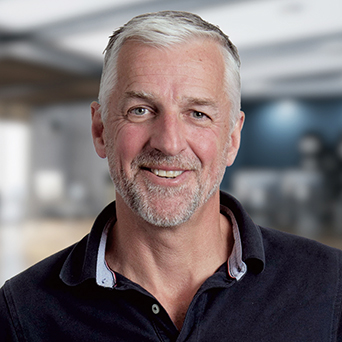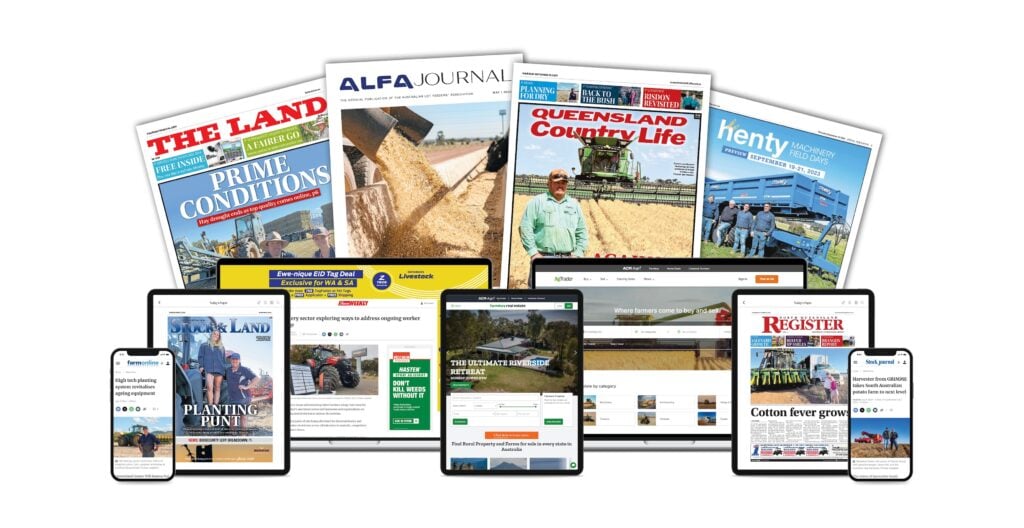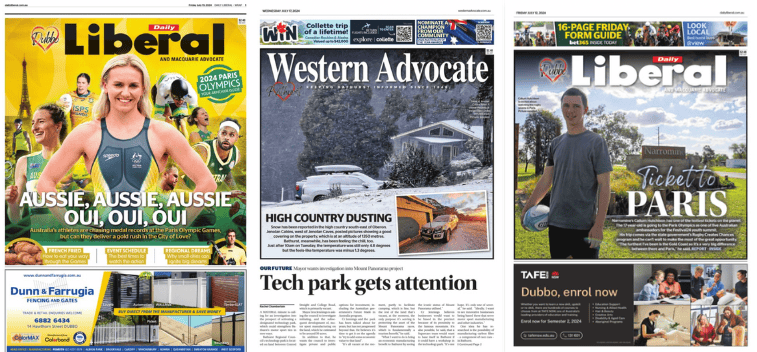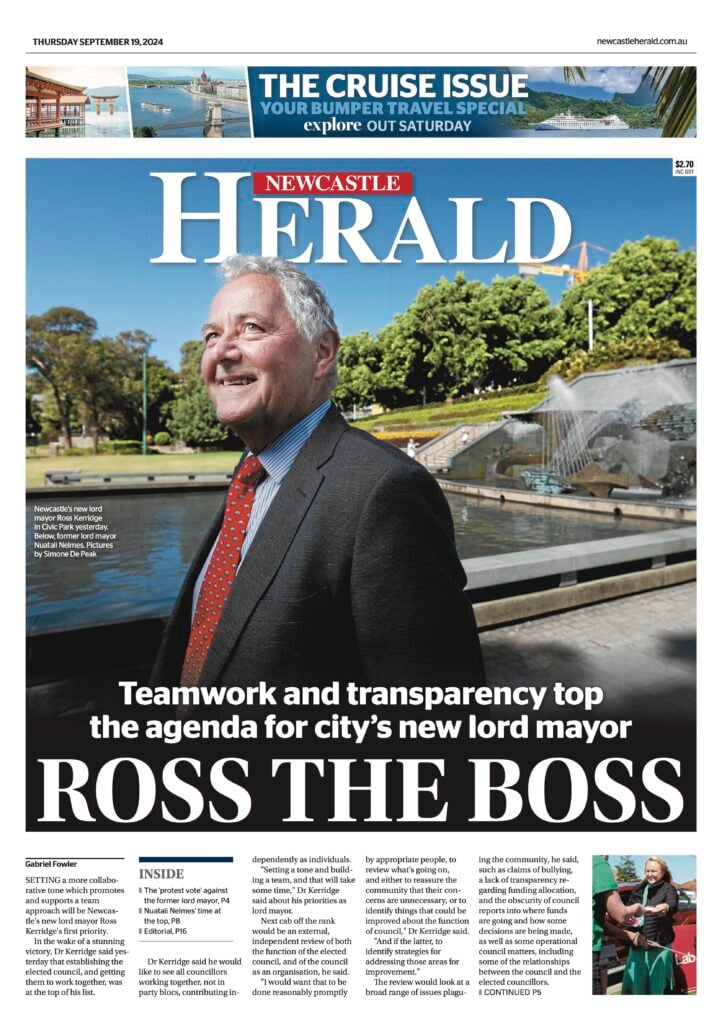Tony Kendall has been running Australian Community Media (ACM) for Antony Catalano and Alex Waislitz for five years. The move back to publishing comes after a career across different sectors.
Kendall spent a total of 23 years with News Corp which included to time they acquired Federal Publishing from the Hannan Group. That included working on the Conde Nast titles. He also spent a year in New York for the company, working on the New York Post.
His experience with magazines also comes from three years at what was then Bauer Australia, working alongside Matt Stanton, now at Nine.
Kendall moved into radio at ARN during the time when it was known as HT&E which included a significant outdoor component.
Of the most recent part of his journey, Kendall explained to Mediaweek: “I found myself back in publishing with regional titles, which I love.”

ACM’s Tony Kendall
Although much of the ACM business sits outside of the major metro markets, I spoke with Kendall near their Sydney CBS headquarters. It’s an important base for the company, including sales relationships with commercial partners.
As to day-to-day engagement with ACM shareholders Catalano and Waislitz, it varies from regular board meetings to work-in-progress catchups.
“I’m left to my own devices to run the business much of the time, which is great,” said Kendall. “Antony has a lot of contacts and connections and he adds lots of his entrepreneurial flair as well.
“He knows print well. From a journalism point of view and from a marketing and sales point of view. He has a unique background of being a journalist and then transitioning to marketing and sales at The Age and then launching his own businesses.”
ACM’s print and digital portfolio
Although much of the discussion about the presence of ACM in regional Australia centres around its print products, the company reaches big numbers digitally too.
“Our sales team sell across both print and digital,” explained Kendall. “We have digital experts that sit within those teams.
“From an editorial point of view, we’ve got technical experts on video and digital. But generally speaking, all our journalists write and produce content for all the platforms – whether it’s social, video, or digital.
“We have a separate print production team that do the subbing part of the process, and then we have our own tech team. We offshore some of the dev, but most of it’s done in-house.”

ACM Agri Titles
Last remaining print facility
ACM has one print facility remaining – in Tamworth in north-central NSW. Kendall explained the Launceston facility was closed earlier this year, with the Tasmanian titles now printed by News Corp in Hobart.
The Tamworth plant not only prints for local requirements, but also for ACM titles as far away as Orange, Bathurst and Dubbo.
ACM’s shining stars
The Ag division is a real profit powerhouse for the business. Kendall listed the key titles as The Land, Queensland Country Life, Stock Journal, Farm Weekly, plus Stock and Land in Victoria.
“The ad market’s been amazing for the agricultural titles. If you’ve got 70% reach to the target audience, then you’re going to be in very good shape.”
ACM also runs an event business alongside the Ag division where it runs some of Australia’s biggest field days.
“Our big three regional dailies are in Newcastle, Wollongong and Canberra.
“We then have a very solid, strong second tier with daily publications like Launceston, Burnie and Warrnambool and Albury/Wodonga. And then some smaller dailies in Bendigo, Ballarat, Tamworth and Wagga.”
Hyper-local model helping grow subscribers
Like all publishers, ACM continues to move to digital interactions with customers. “The use of data is increasingly how we’re transitioning the business,” said Kendall. “Understanding exactly who the customers are, what content they’re engaging with and when.
“Newsrooms are now very attuned to their digital dashboards of what content is driving the best results, what content is driving subscription.”
But he emphasised that still means having professionals to interpret the results.
“In most areas we operate, we’re either the largest or in some cases the only employer of journalists.”
ACM puts a strong emphasis on being hyper-local. “Our journalists are part of the towns and communities. Without them, there would be no local news apart from maybe a local Facebook group.”
Kendal said digital subs at ACM last year grew 10% again. “We are growing ARPU as well. Growing the time spent online and reducing the subscriber churn.”

Trail of broken promises for regional publishers
When it comes to spreading the word to advertisers, Kendall said: “Boomtown’s done a really good job of promoting the regional industry more broadly.”
But there are some that need more convincing. “People like the federal government would still spend all of their money digitally on the main platforms rather than going direct to publishers. Most of our digital ad revenue comes from how we package it up with local advertisers.”
See also: Boomtown and Thinkerbell debut campaign celebrating regional opportunity
The company continues to push hard for sector support from government.
“Both governments have broken election promises. Both Labor governments in New South Wales and the federal.
“When the federal government came to power, there was an emergency assistance package planned to cover the 80% increase in newsprint we had with a guarantee that the industry would be provided with a longer-term solution within six months. We are still waiting.
“We’ve put our recommendations into NewsMap, which are for a fair share of government advertising, tax incentives for journalists, tax incentives for digital subscribers.
“While we’ve been waiting for some result, 40, maybe 50 publications have closed around Australia. Hundreds of people have lost their jobs.
“The New South Wales government promised an extra million dollars a year incremental for regional publishers, and we lobbied them prior to the last election. And we lobbied them to adopt the Victorian government policy, which is a full-page ad every week in every regional paper.”
That has had some impact, said Kendall. Overall publication closures in Victoria were limited to 16 in the last five years. In New South Wales that number was 85.
“We’ve lobbied hard with the Minns government for them to actually meet their election promise, because so far they’ve failed.”
Kendall met with NSW premier Chris Minns as recently as a week ago.
“Why is the federal government spending as much money as they are on the platforms that they’re admitting are causing social harm.
“In NSW too, instead of spending over $7 million with Meta, spend 1.9% of their budget with regional press to support quality journalism.”

ACM has backed out of some markets both in print and digitally this year as it was unable to make the numbers work.
Kendall: “As of two weeks ago, we’ve backed out of eight markets. We’ll keep a digital presence there, but there’s no journalists.” Those towns include Dungog, Moree and Tenterfield.
As ACM pulls back in some places, indie titles are cropping up to fill the gap, some of them with Facebook or Google funding. As major publishers have realised, things can change suddenly if that funding tap is turned off.
ACM has a total staff just under 1,000 with around 400 journalists. Kendall said any decision around closing a title is done to protect the rest of the business.
“Most of the titles that are closed have been losing money for some time. We have held on to most of them in the vain hope that the government might live up to their promises. “
Kendall also explained the loss of the Meta funding hurt as it was a significant amount. “We couldn’t afford to sustain some smaller titles any longer. It hurts.”
See also: ACM stopping the presses on weekday editions of iconic NSW regional newspapers
